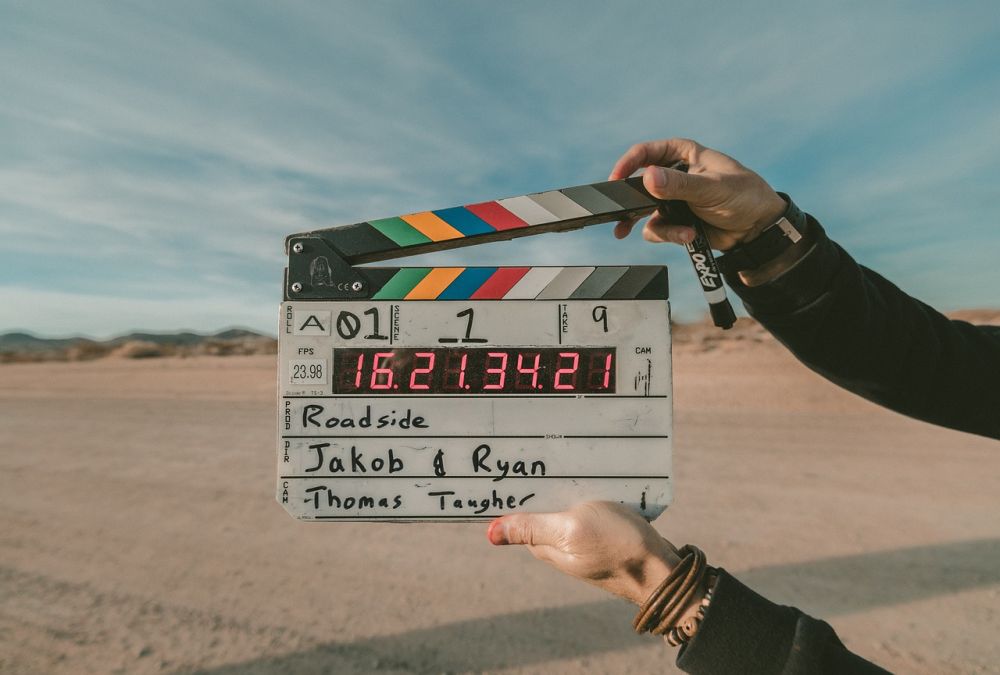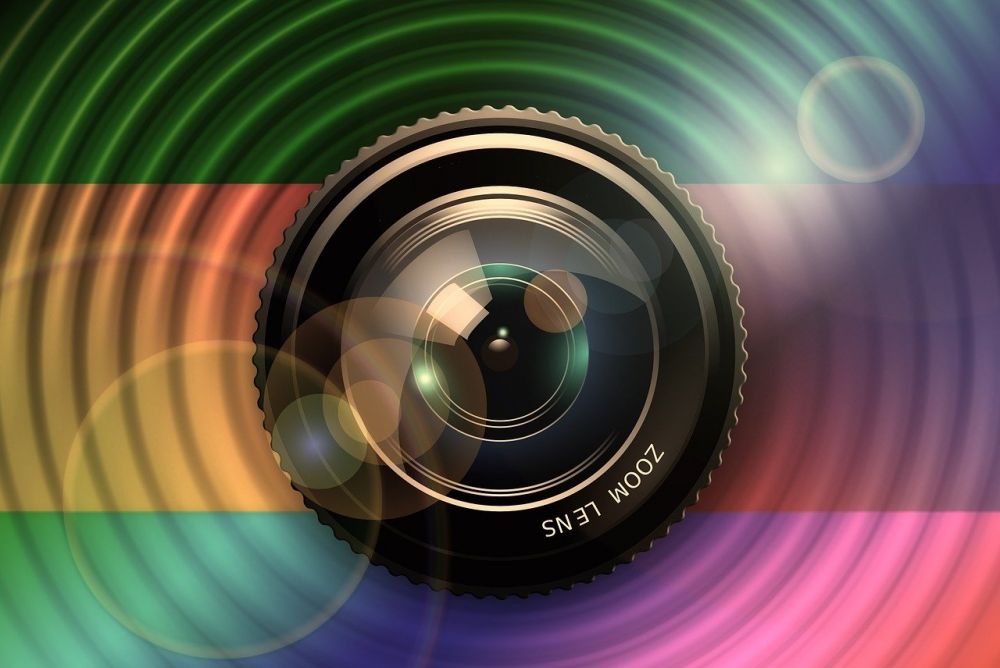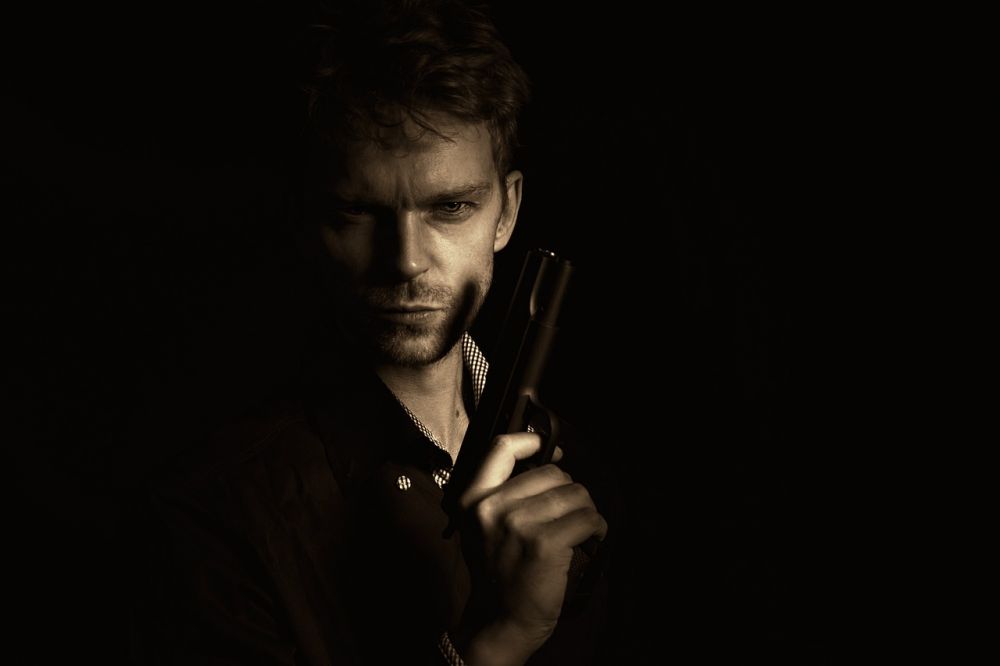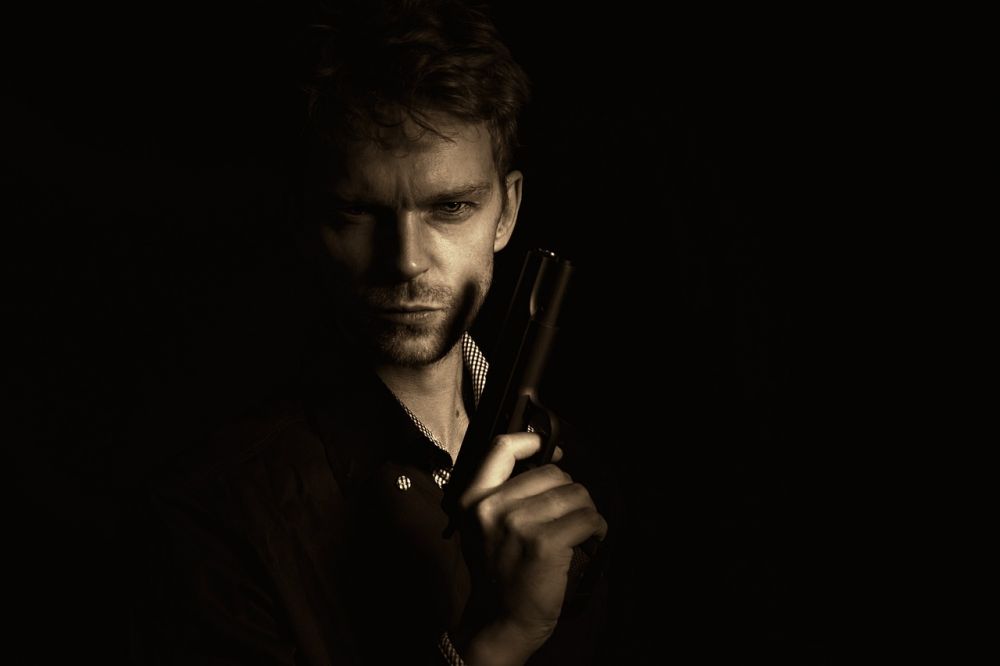Film Noir: Mystique and Vice Unveiled
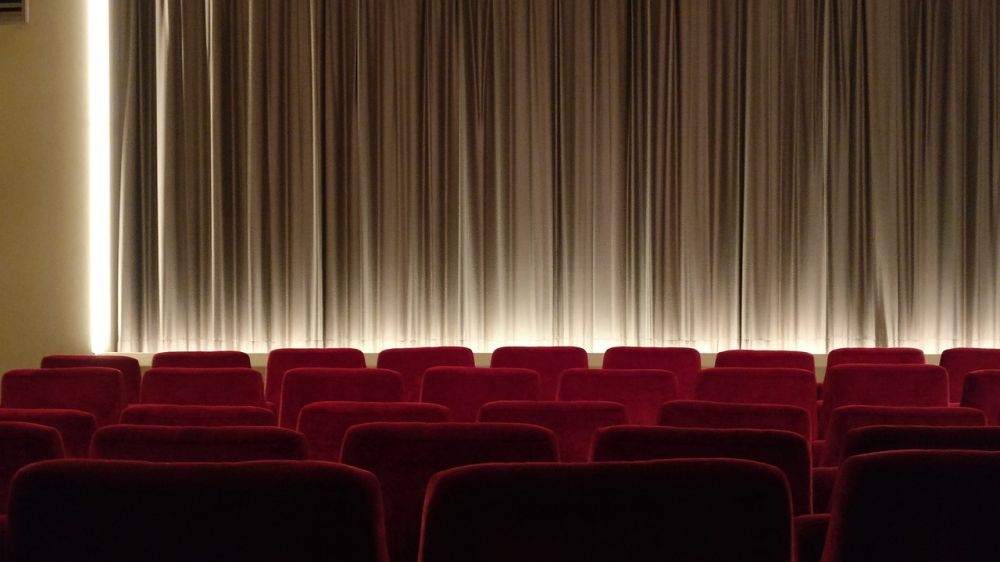
Introduction:
Film noir, a term coined by French film critics in the 1940s, refers to a genre that captivates audiences with its dark, mysterious and morally ambiguous narratives. Rooted in the American crime fiction of the 1920s and 1930s, film noir is characterized by its striking visual style, complex characters, and the exploration of societal corruption. In this article, we delve into the world of film noir, providing a comprehensive understanding of its significance, historical evolution, and enduring appeal.
The Essence of Film Noir:
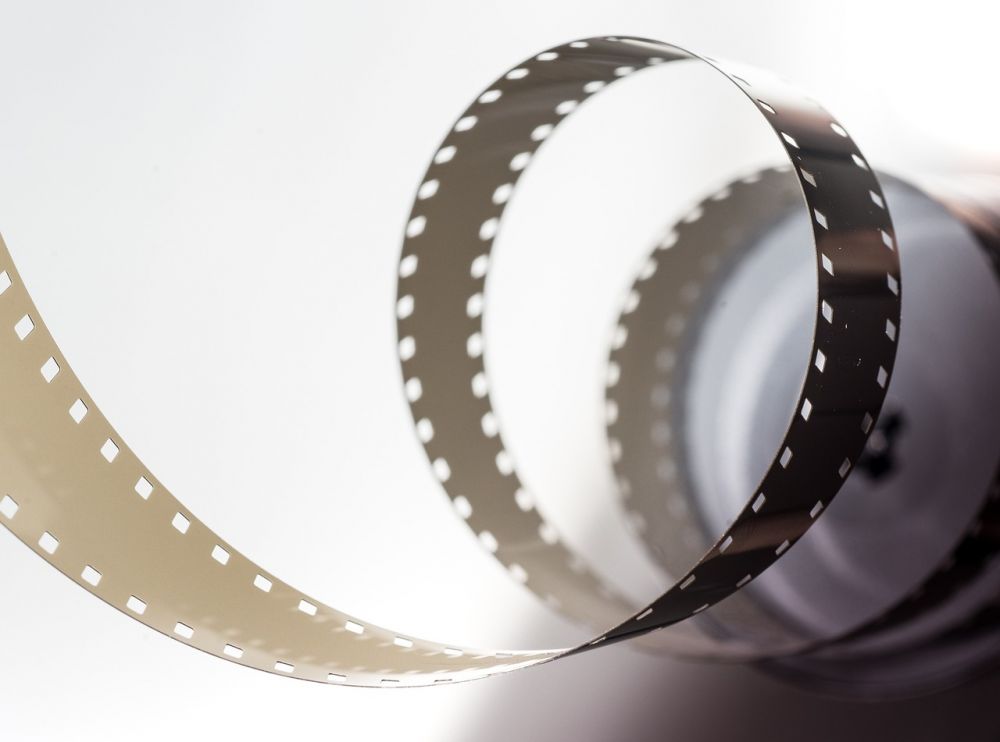
Film noir encompasses a range of themes and characteristics that make it a unique and captivating genre. Here are the key elements that define film noir:
1. Visual Style:
One of the most distinctive aspects of film noir is its visual aesthetic. Employing low-key lighting, deep shadows, and contrasting black and white cinematography, film noir creates a world of shadows, offering a visual representation of the characters’ moral ambiguity and the murky nature of their actions.
2. Moral Ambiguity:
Film noir revels in moral ambiguity, presenting characters who are neither entirely good nor completely bad. Protagonists often find themselves entangled in a web of deceit, seduction, and crime, blurring the lines between right and wrong. This ambiguity challenges audiences to question traditional notions of morality and explore the darker aspects of human nature.
3. Femme Fatale:
The femme fatale, a central figure in film noir, embodies both danger and allure. These seductive and manipulative women use their charm to manipulate the male protagonists, leading them down a path of destruction. The femme fatale epitomizes the inherent power dynamics present in film noir narratives and serves as a critique of societal expectations of femininity.
4. Hard-boiled Narratives:
Film noir draws heavily from the hard-boiled crime fiction of writers like Dashiell Hammett and Raymond Chandler. These narratives are characterized by their cynical and tough-talking protagonists, gritty urban settings, and convoluted plots that often involve crime, corruption, and betrayal. The hard-boiled style adds a layer of realism to film noir, heightening its intensity and suspense.
A Historical Journey: Evolution of Film Noir:
The origins of film noir can be traced back to German Expressionism and the emergence of sound in the early 1930s. The combination of dark, atmospheric visuals and psychological depth laid the groundwork for the development of film noir. However, it was in America during the 1940s and 1950s that film noir truly flourished.
1. Classic Era (1940s-1950s):
The classic era of film noir saw the emergence of iconic films such as “Double Indemnity” (1944) and “The Maltese Falcon” (1941). During this period, the genre explored themes of post-war disillusionment, alienation, and the dark underbelly of American society. It was characterized by the iconic performances of actors like Humphrey Bogart and femme fatales like Barbara Stanwyck.
2. Neo-Noir (1960s-Present):
In the 1960s, a new wave of filmmakers took inspiration from classic film noir and developed the subgenre known as neo-noir. Neo-noir films retain the core elements of film noir but explore contemporary issues and adopt new stylistic approaches. Examples of neo-noir include “Chinatown” (1974) and “Blade Runner” (1982). This subgenre continues to evolve and captivate audiences to this day.
Featured Snippet: The Intricate Allure of Film Noir:
Film noir, a genre characterized by its dark and mysterious narratives, has captivated audiences for decades. With its striking visual style, complex characters, and exploration of societal corruption, film noir offers a unique cinematic experience. Whether it’s the morally ambiguous protagonists, the seductive femme fatales, or the gritty urban settings, film noir immerses viewers in a world of shadows and intrigue.
Conclusion:
Film noir remains a significant and enduring genre in the history of cinema. Its aesthetic, moral ambiguity, and exploration of the human psyche continue to inspire filmmakers and captivate audiences worldwide. By delving into the cinematic world of film noir, one can truly appreciate its artistic and narrative complexities, making it a timeless genre that continues to fascinate and entertain viewers. So, grab some popcorn, dim the lights, and embark on a thrilling journey into the heart of film noir.
